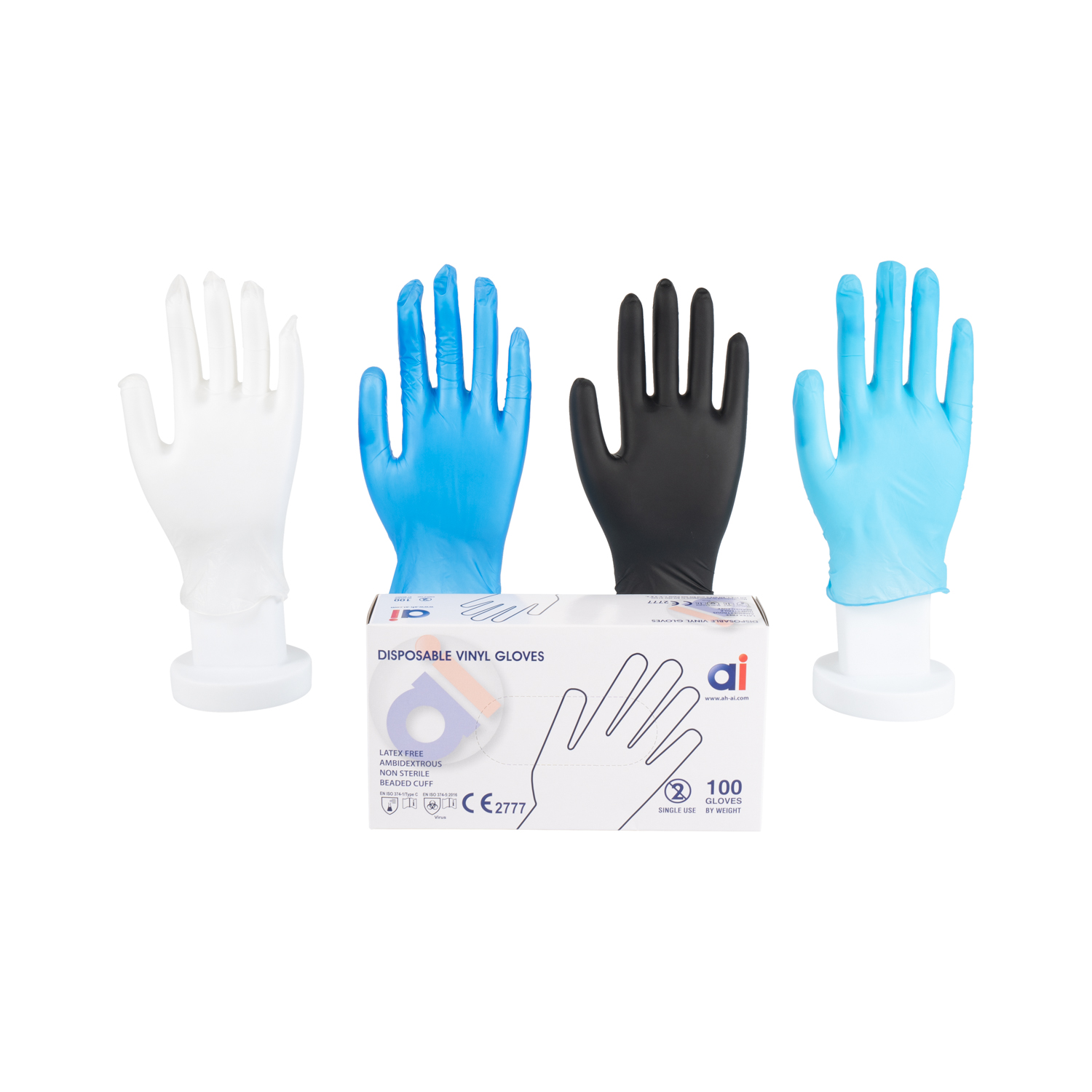
Everyone has used disposable gloves for takeout delivery. They are not waterproof or oil-proof, and they break after just a few bites. At this time, you need to keep some disposable gloves at home. So what is the best choice?
- Look at the material. Common disposable gloves are made of rubber, nitrile, PVC and other materials. The rubber material has good elasticity and fits the hand better. The disadvantage is that it has a slight smell and can easily cause allergies. Nitrile material is more skin-friendly than rubber. Many star-rated hotel chefs are required to wear nitrile gloves. The disadvantage is that the wear resistance is relatively poor. PVC materials are generally translucent and thinner to the touch. The disadvantage is that they are slightly less elastic. Because everyone’s physique is different, you must pay attention to whether the material is suitable for your actual situation when choosing.
- Depend on the use. Rubber material is relatively durable and is generally used in beauty and hairdressing industries. Nitrile is hypoallergenic and is generally used in medical, food and other industries. Now it is also commonly used in household housework gloves. PVC material is safe and odorless, and is suitable for most household scenarios, such as mixing vegetables, pre-processing ingredients, cleaning clothes, etc.
- Look at the implementation standards. The packaging boxes of disposable gloves are generally marked with corresponding implementation standards. If it is for the food industry and household use, it is best to choose food-grade disposable gloves. The food-grade implementation standards are: GB 4806.11-2016 (rubber/nitrile)/GB 4806.7-2016 (PVC). Disposable gloves have a wide range of applications and are very convenient. Moreover, many materials are biodegradable, so they are really suitable for home use. , so that you can protect your hands when doing housework.



